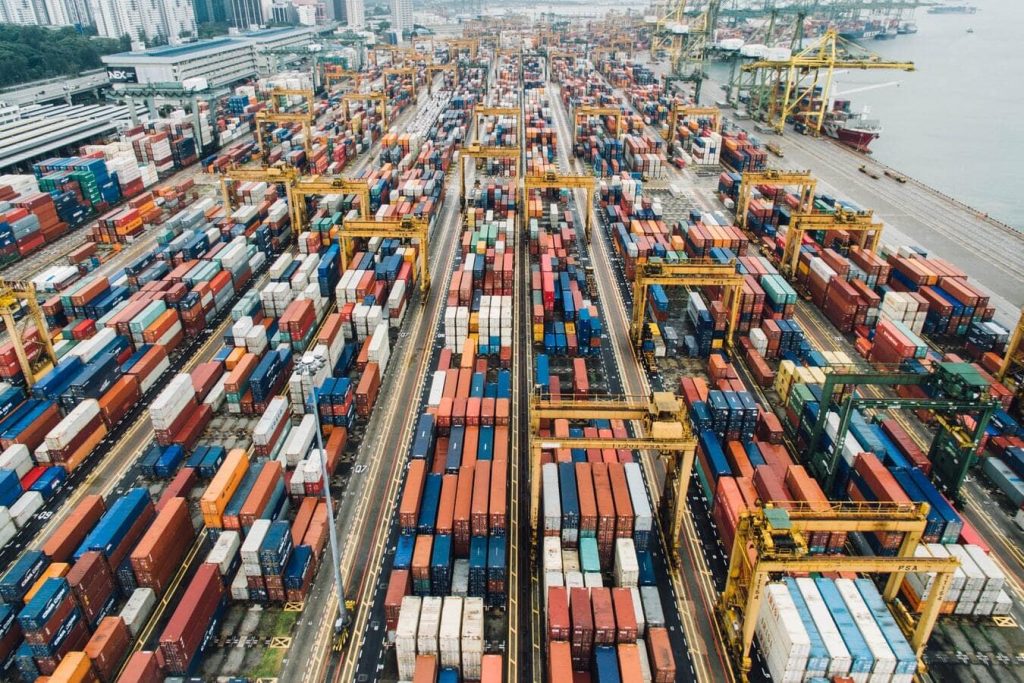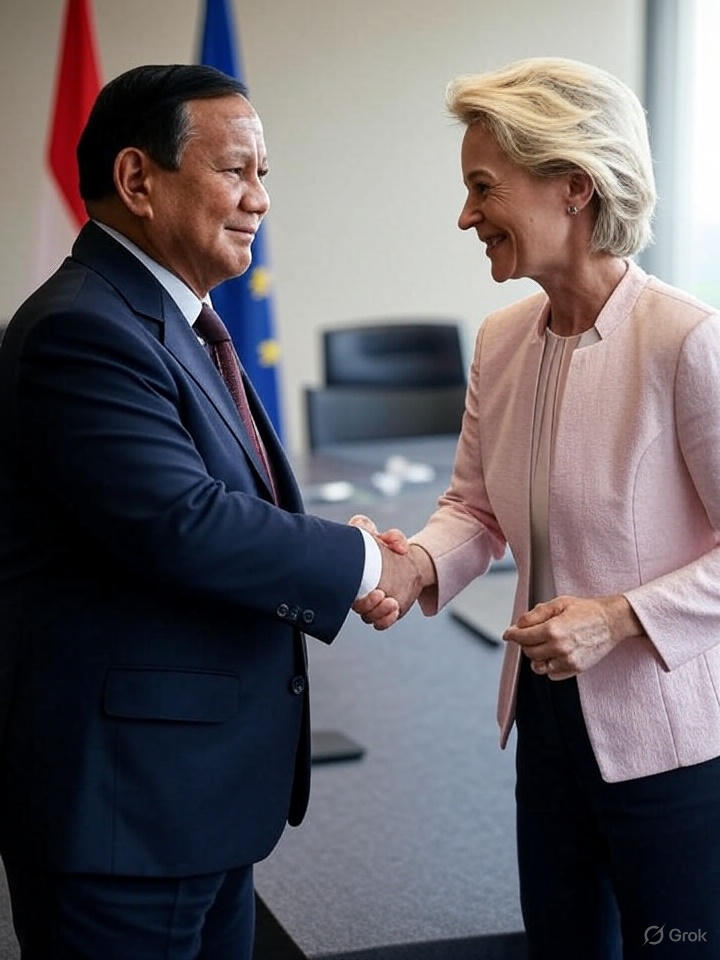There are several common markets (or regional trade blocs) around the globe, which are formed by countries that aim to reduce trade barriers, facilitate economic cooperation, and promote economic integration. Common markets are deeper forms of integration than mere free trade areas because they not only remove tariffs but also harmonize other economic policies like customs regulations and the movement of labor and capital. Here’s an overview of the major common markets around the world:
1. European Union (EU)
- Members: 27 European countries (e.g., Germany, France, Italy, Spain, Poland).
- Type: Economic and Political Union, which includes a common market, customs union, and even a shared currency (the Euro for 19 member countries).
- Key Features:
- Free Movement of Goods, Services, Capital, and People.
- Common external tariff for non-EU countries.
- Single Market that facilitates the integration of member economies.
- Institutions like the European Parliament, European Commission, and European Central Bank (for the Eurozone).
2. Mercosur (Southern Common Market)
- Members: Argentina, Brazil, Paraguay, Uruguay, and Bolivia (with Venezuela suspended).
- Type: Customs Union and common market.
- Key Features:
- Free Trade Area among member countries.
- Common external tariffs for non-member countries.
- Free movement of goods, services, and capital.
- Political and economic cooperation among Latin American countries.
3. Central American Integration System (SICA)
- Members: Belize, Costa Rica, El Salvador, Guatemala, Honduras, Nicaragua, Panama, and the Dominican Republic.
- Type: Customs Union and Common Market.
- Key Features:
- Free movement of goods within Central America.
- Economic and political cooperation in the region.
- Harmonized regulations and economic policies across member states.
4. East African Community (EAC)
- Members: Kenya, Tanzania, Uganda, Rwanda, Burundi, South Sudan, and Democratic Republic of Congo.
- Type: Customs Union, with plans for a Common Market and Monetary Union.
- Key Features:
- Free Trade Area among member countries.
- Common external tariffs.
- Efforts to facilitate the movement of labor and capital within East Africa.
- Long-term goal of a single currency and greater political and economic integration.
5. Gulf Cooperation Council (GCC)
- Members: Bahrain, Kuwait, Oman, Qatar, Saudi Arabia, and the United Arab Emirates (UAE).
- Type: Customs Union and Common Market (though some policies are still under development).
- Key Features:
- Free movement of goods, services, and capital.
- Plans for monetary union and a common currency (though this has not yet been implemented).
- Coordination of economic, political, and defense policies.
6. Andean Community (CAN)
- Members: Bolivia, Colombia, Ecuador, and Peru (Venezuela suspended its membership).
- Type: Customs Union and Common Market.
- Key Features:
- Free Trade Area among member countries.
- Common external tariffs.
- Economic integration in sectors like agriculture, infrastructure, and energy.
7. Southern African Development Community (SADC)
- Members: 16 countries in Southern Africa, including South Africa, Angola, Botswana, Mozambique, Namibia, and Tanzania.
- Type: Free Trade Area, with efforts to move toward a Customs Union and Common Market.
- Key Features:
- Free trade among most member countries.
- Economic cooperation to boost regional development and infrastructure.
- Long-term goal of deeper economic integration, including monetary union and free movement of labor.
8. Association of Southeast Asian Nations (ASEAN)
- Members: Brunei, Cambodia, Indonesia, Laos, Malaysia, Myanmar, the Philippines, Singapore, Thailand, and Vietnam.
- Type: Free Trade Area, with a long-term goal of a Single Market.
- Key Features:
- ASEAN Economic Community (AEC) aims for free movement of goods, services, investments, skilled labor, and capital.
- Reduced tariffs and trade barriers.
- Coordination on infrastructure, economic policies, and development initiatives across Southeast Asia.
9. Caribbean Community (CARICOM)
- Members: 15 Caribbean nations, including Jamaica, Barbados, Trinidad and Tobago, Guyana, and others.
- Type: Customs Union and Common Market.
- Key Features:
- Free movement of goods and services among member countries.
- Policies aimed at economic cooperation and regional development.
- Long-term plans for further integration, including economic and political coordination.
10. Pacific Alliance
- Members: Chile, Colombia, Mexico, and Peru.
- Type: Free Trade Area, with efforts toward deeper economic integration.
- Key Features:
- Free trade among member countries.
- Strong focus on trade with Asia-Pacific, particularly with China and Japan.
- Growing cooperation in areas like finance, tourism, and infrastructure.
11. Common Market for Eastern and Southern Africa (COMESA)
- Members: 21 countries, including Egypt, Kenya, Zambia, and Zimbabwe.
- Type: Free Trade Area with some customs union features.
- Key Features:
- Free trade among member countries.
- Focus on economic integration, infrastructure development, and reducing poverty in the region.
Key Characteristics of a Common Market:
- Free Movement of Goods: Removal of tariffs and other trade barriers between member countries.
- Free Movement of Services: Liberalization of services (e.g., banking, tourism, transport).
- Free Movement of Capital: Facilitating investments and the flow of money across borders.
- Free Movement of Labor: Allowing citizens of member countries to work in other member states without needing work permits (in more advanced common markets).
- Harmonized Policies: Standardizing economic, trade, and sometimes political policies across member countries.
Summary Table of Common Markets:
| Region | Members | Type of Integration | Key Features |
|---|---|---|---|
| European Union (EU) | 27 European countries | Economic and Political Union | Common currency (Euro), free movement, harmonized policies |
| Mercosur | Argentina, Brazil, Paraguay, Uruguay, Bolivia (Venezuela suspended) | Customs Union, Common Market | Free movement of goods, services, and capital |
| East African Community (EAC) | Kenya, Tanzania, Uganda, Rwanda, Burundi, South Sudan, DRC | Customs Union, Common Market | Long-term goal of a single currency, free movement |
| Gulf Cooperation Council (GCC) | Bahrain, Kuwait, Oman, Qatar, Saudi Arabia, UAE | Customs Union, Common Market | Plans for monetary union, free movement |
| Andean Community (CAN) | Bolivia, Colombia, Ecuador, Peru (Venezuela suspended) | Customs Union, Common Market | Free movement of goods, shared policies |
| Southern African Development Community (SADC) | 16 countries in Southern Africa | Free Trade Area, Customs Union | Cooperation on infrastructure, regional development |
| ASEAN | 10 Southeast Asian countries | Free Trade Area, Single Market | Free movement of goods, services, capital, and labor |
| CARICOM | 15 Caribbean countries | Customs Union, Common Market | Economic cooperation, free movement within the region |
| Pacific Alliance | Chile, Colombia, Mexico, Peru | Free Trade Area | Strong focus on trade with Asia-Pacific |
| COMESA | 21 countries in Eastern and Southern Africa | Free Trade Area | Focus on reducing poverty, economic integration |
These common markets represent some of the most significant economic and trade-focused collaborations globally. The goal of each is to increase regional trade, improve economic development, and reduce barriers to business and trade among the participating countries.
These common markets (or regional trade blocs) as above do not includes the RCEP agreement for ASEAN, ATIGA agreement for ASEAN and CEPA between Indonesia & EFTA.




